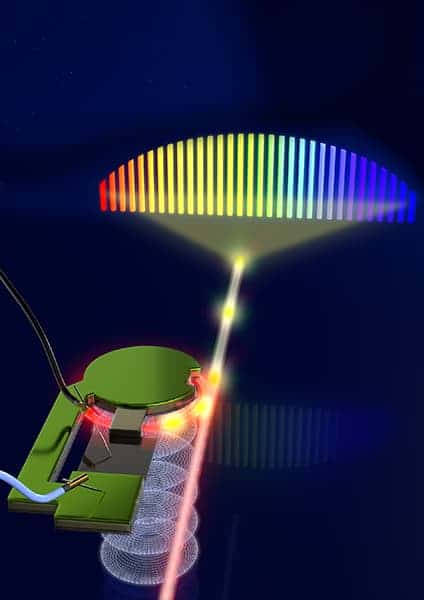

The design of circulators for electromagnetic fields have achieved significant progress during the past decade. Because a isolator can be realized by just using two ports of a circulator, but a circulator cannot be replaced by combining isolators.

However, until recently, there is no literature on the subject of optical circulator based on a spinning resonator.Īs one of the most common nonreciprocal optical devices, circulator is an indispensable optical device and, in a sense, even more irreplaceable than isolator. Moreover, based on this platform, several new nonreciprocal effects were predicted, such as nonreciprocal photon blockade 55, 56, 57, 58, 59, 60, nonreciprocal phonon laser 61, 62, nonreciprocal entanglement 63, and nonreciprocal optical solitons 64. A spinning resonator with broken time-reversal symmetry provides an ideal platform for the realization of nonreciprocal devices 53, and for enhancing the optical sensing of nanoparticle with single-particles resolution 54. The nonreciprocal effect for this optical isolator arises from the Fizeau drag induced splitting of the resonance frequencies of the counter-travelling optical modes in the spinning resonator, which breaks the time-reversal symmetry of the system. In a recent experiment 53, an optical isolator with 99.6% isolation was demonstrated by using a tapered fiber coupling a spinning resonator. Besides the traditional nonreciprocal devices with magnetic materials 9, 10, 11, many magnetic-free systems with broken time-reversal symmetry have been proposed theoretically and demonstrated experimentally in the past few years, such as Kerr-nonlinear microresonators 12, 13, 14, 15, 16, optomechanical systems 17, 18, 19, 20, 21, 22, 23, 24, 25, 26, 27, 28, 29, 30, 31, 32, 33, 34, 35, 36, 37, non-Hermitian systems 38, 39, 40, 41, 42, 43, moving atomic gases 44, 45, 46, 47, 48, 49, 50, 51, 52, and spinning resonators 53, 54, 55. The key requirements to achieve nonreciprocity is breaking the time-reversal symmetry and Lorentz reciprocity in linear and nonmagnetic media 7, 8. Nonreciprocal optical devices, such as circulators and isolators, which feature direction dependent photons propagation, are fundamental elements for signals routing and processing in photonic circuits 1, 2, 3, 4, 5, 6.


 0 kommentar(er)
0 kommentar(er)
